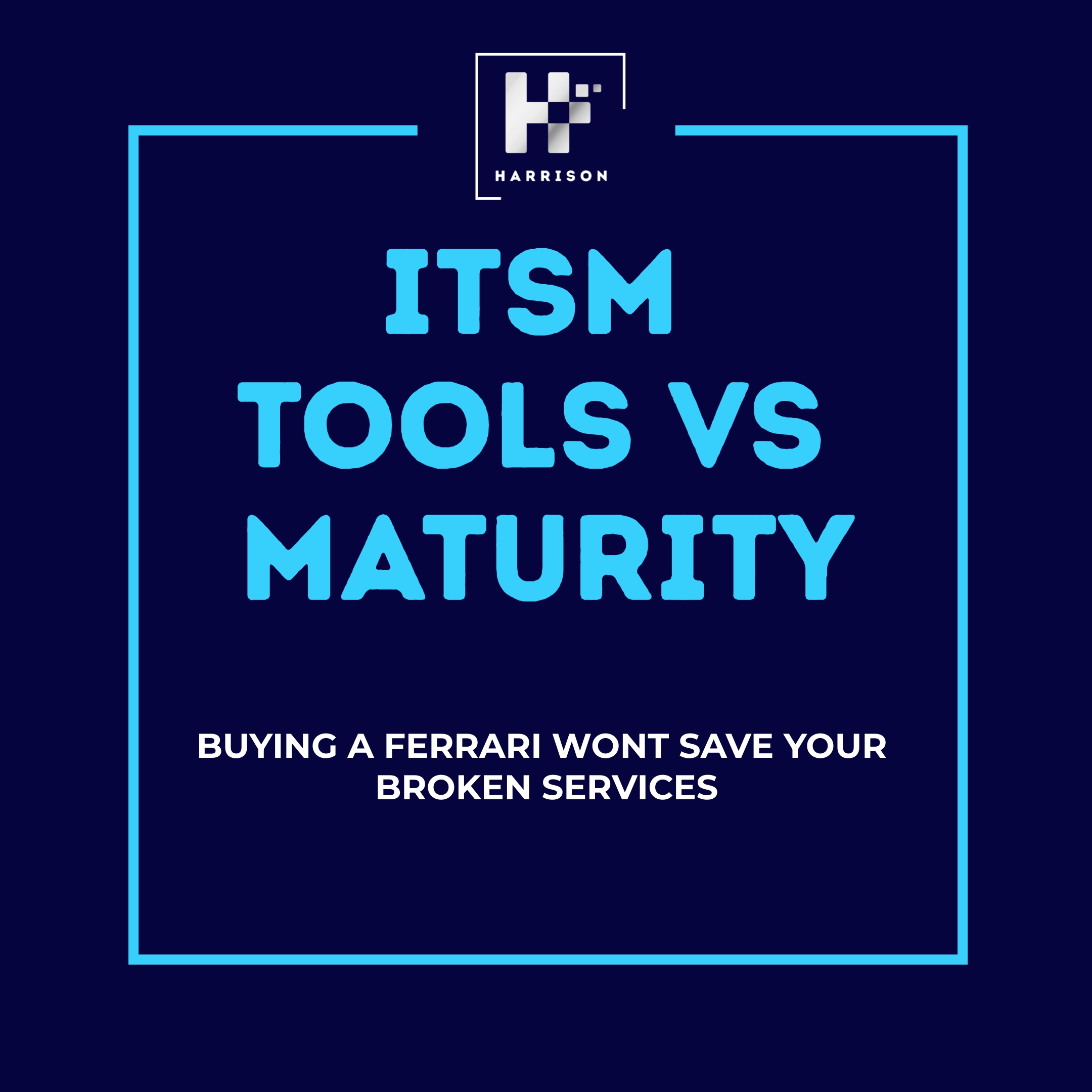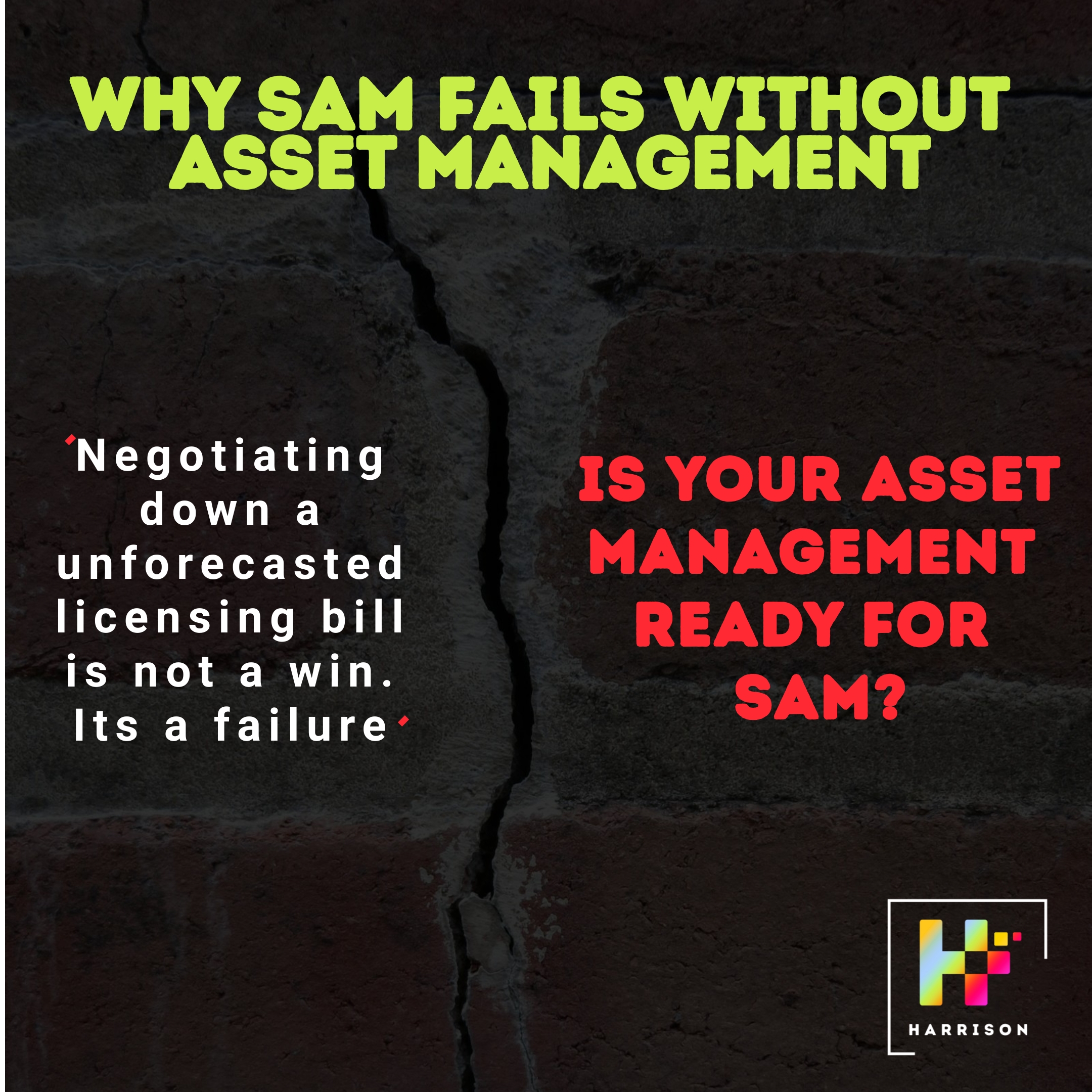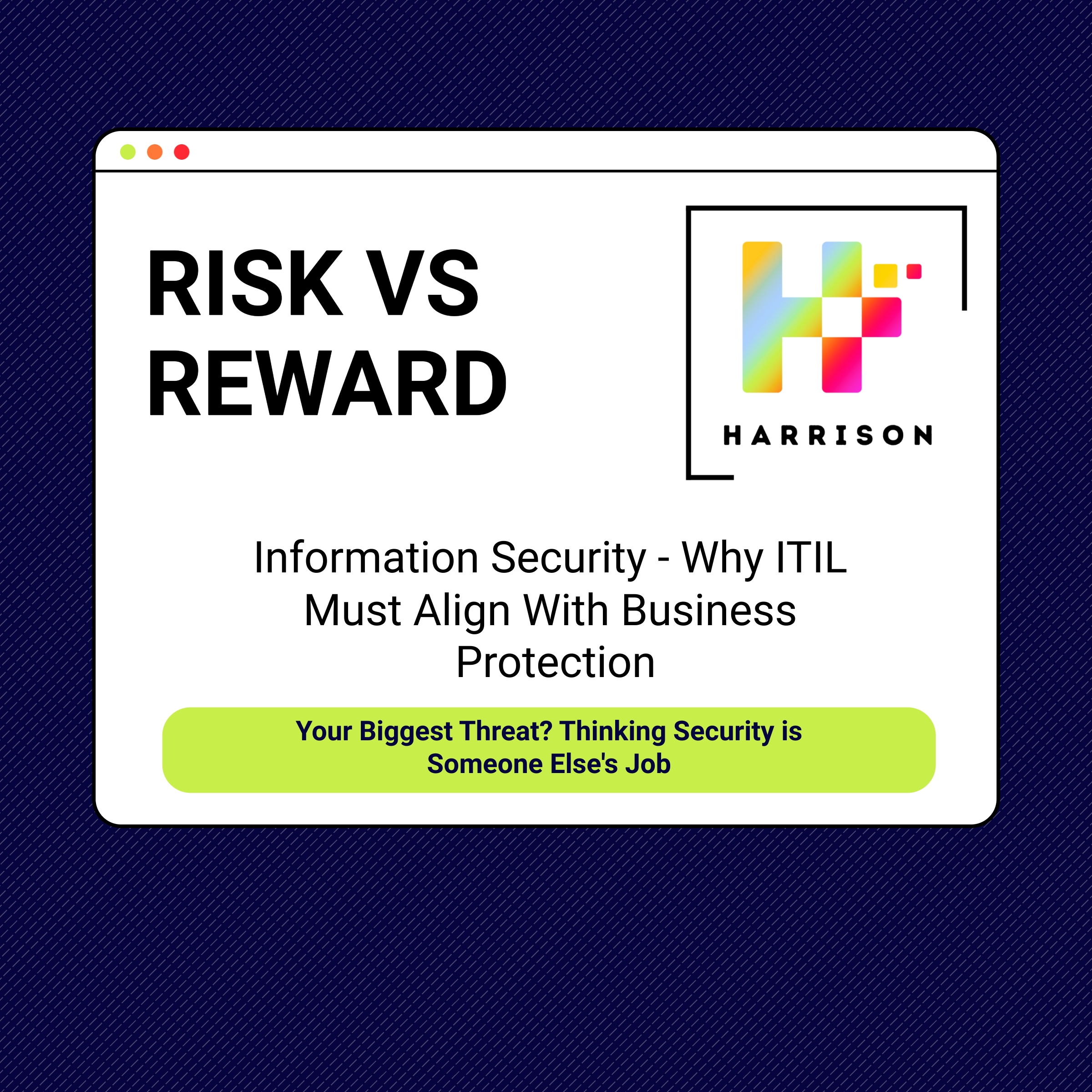Incident Management – Proactive, Not Reactive Leadership
Most CIOs think they’ve nailed incident management.
They’ve got SLAs. Tickets fly through queues. Dashboards show green. The wheel keeps turning.
But here’s the uncomfortable truth:
Being fast at fixing isn’t the same as being in control.
In many organisations, incident management is reduced to reactive box-ticking — fast on paper, but brittle in practice. And when things really go wrong, the cracks in the system show.
Nowhere is this more obvious than in the messy, high-stakes world of supplier-driven service delivery.
Because today, almost every critical service relies on a supply chain of vendors, partners, and cloud providers. That means you’re only as fast and as competent as the slowest link in that chain — and in a major incident, that’s a big problem.
🔍 The Invisible Risk in Incident Management
The challenge isn’t just speed. It’s coordination, accountability, and integration. Most incident processes weren’t designed for today’s hybrid, supplier-heavy world.
Ask yourself:
-
Do your suppliers follow your major incident process?
-
Are SLAs aligned to what the business actually needs — or just what got signed?
-
Are there defined OLAs between internal teams and third parties? Do the even add up to meet the over-arching SLA?
-
What happens when your SaaS vendor blames your firewall — and your network team blames their API?
This isn’t theory. It’s what derails resolution every single day.
✅ The Good: Integrated, Accountable Incident Management
When incident management is working as a leadership tool:
-
Major incidents have a clear enterprise-wide owner — not just a tech lead
-
External suppliers are integrated into the process — not siloed away in their own runbooks
-
SLAs and OLAs are mapped to business priorities, not contract language
-
Service Owners take accountability across the entire resolution chain — internal and external
-
Support hours and escalation paths are rehearsed, known, and tracked
This is what mature organisations do. They don’t just fix — they orchestrate. Because incident management isn’t just about tech, it’s about trust.
❌ The Bad: Firefighting in Silos
Here’s what poor incident management really looks like:
-
Tickets bounce between your team and “the supplier’s ticketing system”
-
You chase vendor support desks who close issues at 5:01pm because of time zone SLAs
-
You have no idea if your cloud provider’s P1 matches your P1
-
Major incidents have no central leader — just emails flying across departments
-
PIRs only look at what you did — not what your supply chain failed to do
It’s chaos dressed up as coordination. And when leadership is missing, that chaos spreads — fast.
💼 Leadership Blind Spots: The Supplier Dimension
Suppliers don’t follow your process by default. And they won’t if you don’t lead.
If you’re serious about improving incident handling, start with:
-
Reviewing every external SLA and matching it against your business’s expectations
-
Defining OLAs between internal resolver groups and your vendors
-
Creating shared major incident playbooks with key suppliers
-
Escalating based on impact — not contract clauses
-
Including suppliers in post-incident reviews — with action logs and real consequences
You don’t manage incidents with tools. You manage them with relationships, rules, and rehearsals.
🧠 CIO WAR CHEST: The Leadership Questions That Expose the Gaps
Let’s arm you with questions that cut straight to the core of your incident process:
-
Who owns the end-to-end resolution of a major incident across teams and suppliers?
-
Ask: Head of Operations or Enterprise Incident Manager
-
Artefact: Enterprise incident response plan and RACI model
-
-
Which vendors form part of our critical incident pathways — and are their SLAs fit for purpose?
-
Ask: Vendor Manager / Service Owner
-
Artefact: SLA alignment matrix and escalation flowcharts
-
-
Do we track incident MTTR including supplier contributions?
-
Ask: Head of Service Ops
-
Artefact: MTTR reports split by supplier, internal vs external delay flags
-
-
Are our suppliers included in major incident rehearsals and post-incident reviews?
-
Ask: Incident Manager
-
Artefact: Participation logs, supplier PIR contributions
-
-
How do we escalate during off-hours across different time zones and support models?
-
Ask: Support Lead
-
Artefact: Out-of-hours escalation playbooks and vendor contact protocols
-
🚨 Major Incidents: The Leadership Gap That Breaks Trust
When a major incident hits, every minute counts. But here’s what happens too often:
-
Nobody knows who’s really in charge
-
Comms teams scramble to craft updates no one agrees on
-
Suppliers dodge accountability behind support tiers
-
Internal teams argue about logs instead of fixing the issue
This isn’t technical. It’s organisational failure.
Major incident management isn’t an ops process. It’s a leadership test.
And without a named enterprise leader — with real authority — you fail that test before it starts.
🔄 It’s Time to Rebuild for the Real World
We’re not in 2007 anymore. Your service model is hybrid. Your dependencies are sprawling. Your user expectations are unforgiving.
Incident management must evolve — or your credibility won’t survive the next failure.
🚀 Coming Up Next
Next, we go deeper into what happens after the incident is closed with:
Blog 8: Problem Management – The Missing Link in IT Stability
If your team keeps fixing the same issues and blaming the same suppliers — it’s time to get serious about root cause. Let’s do it properly.
💼 Need Help Rebuilding Your Process?
If your incident handling is stuck in the past — and your suppliers are slowing you down — it’s time to lead differently.
At Harrison , we help CIOs transform incident operations into integrated, accountable, and high-trust machines — across internal teams and suppliers.
Let’s build the process your business deserves.
Follow us
Latest articles
December 14, 2025
December 14, 2025
December 14, 2025
December 14, 2025
December 14, 2025
December 14, 2025








